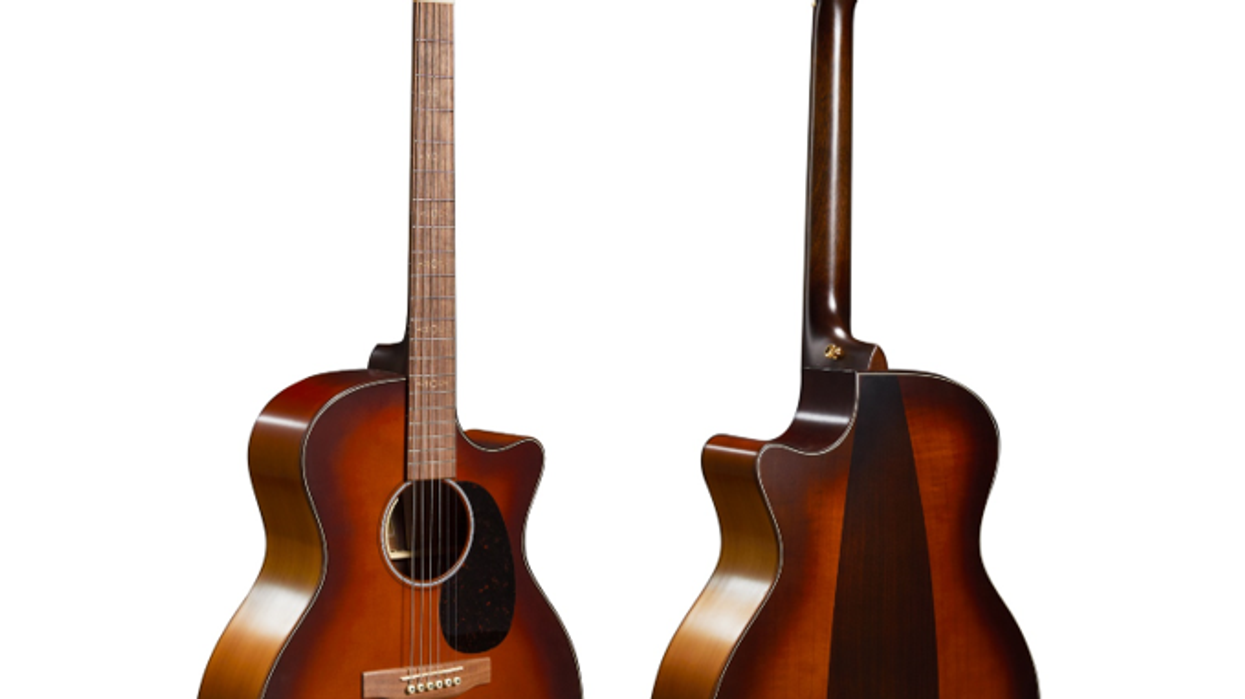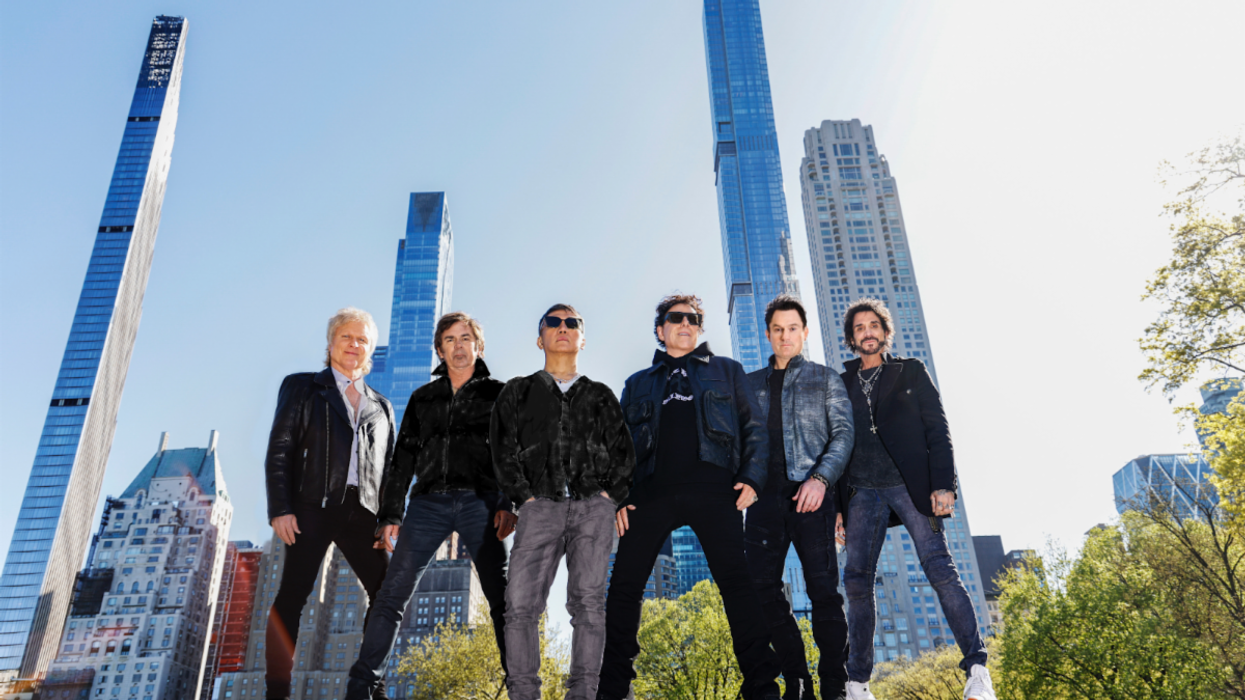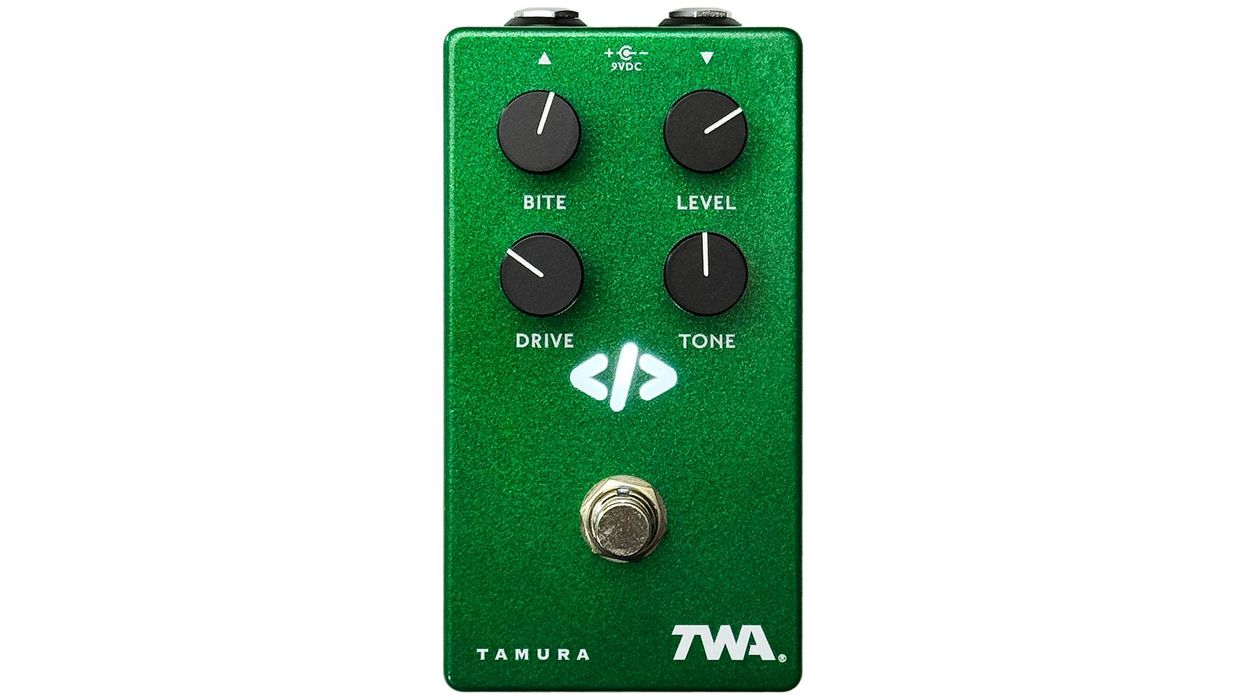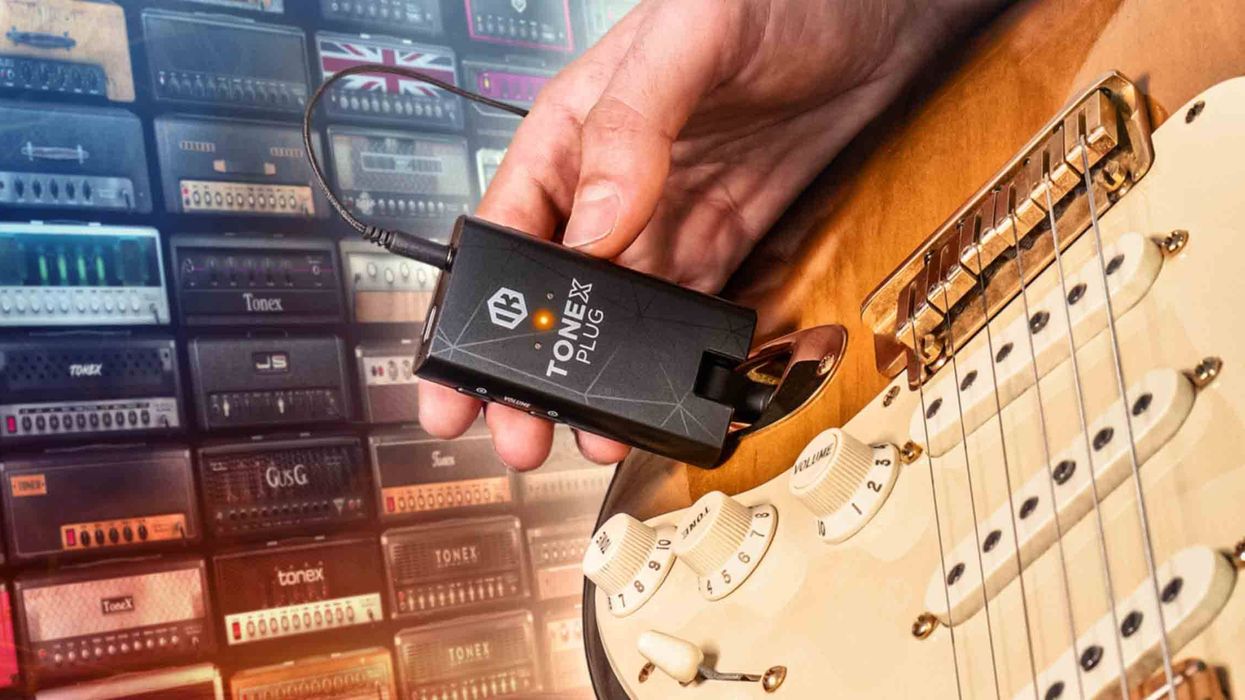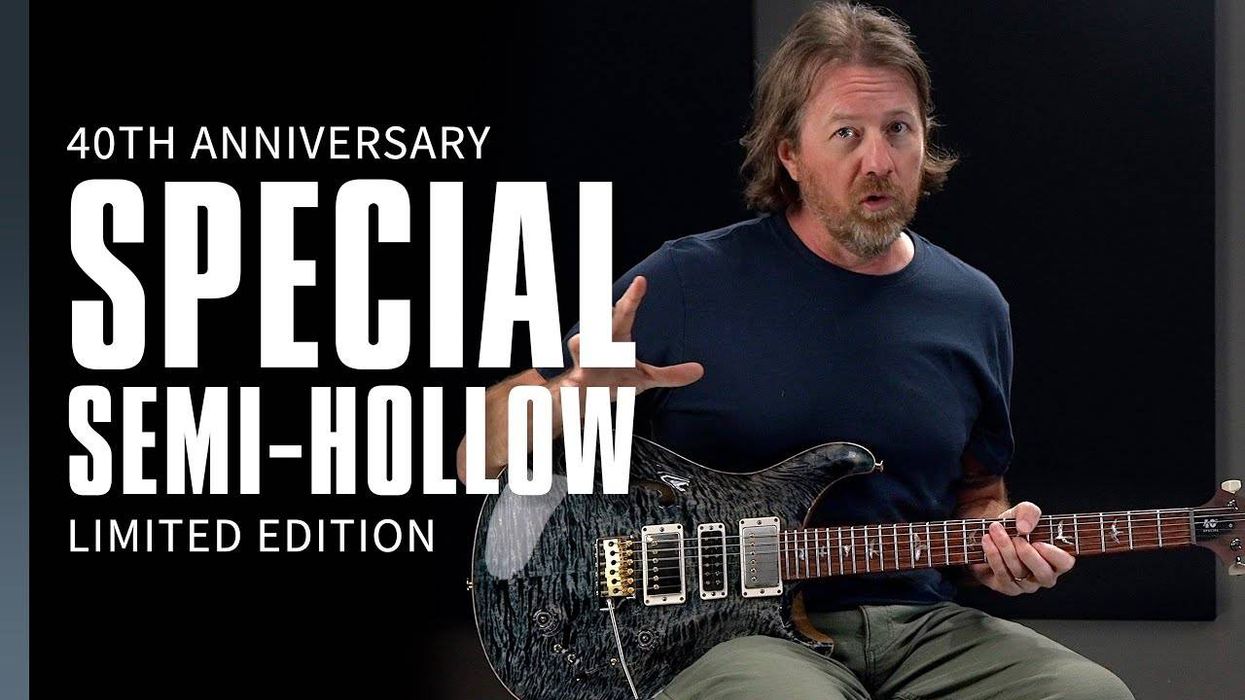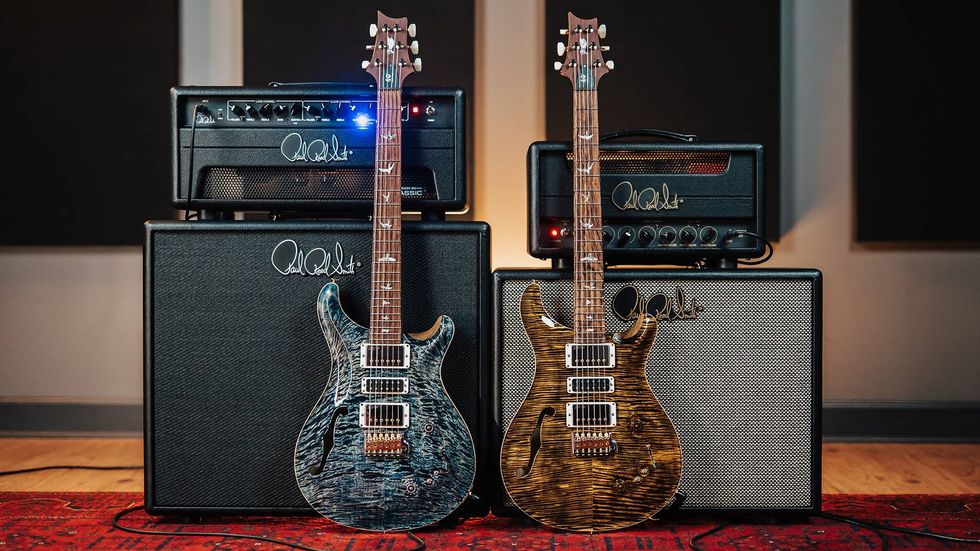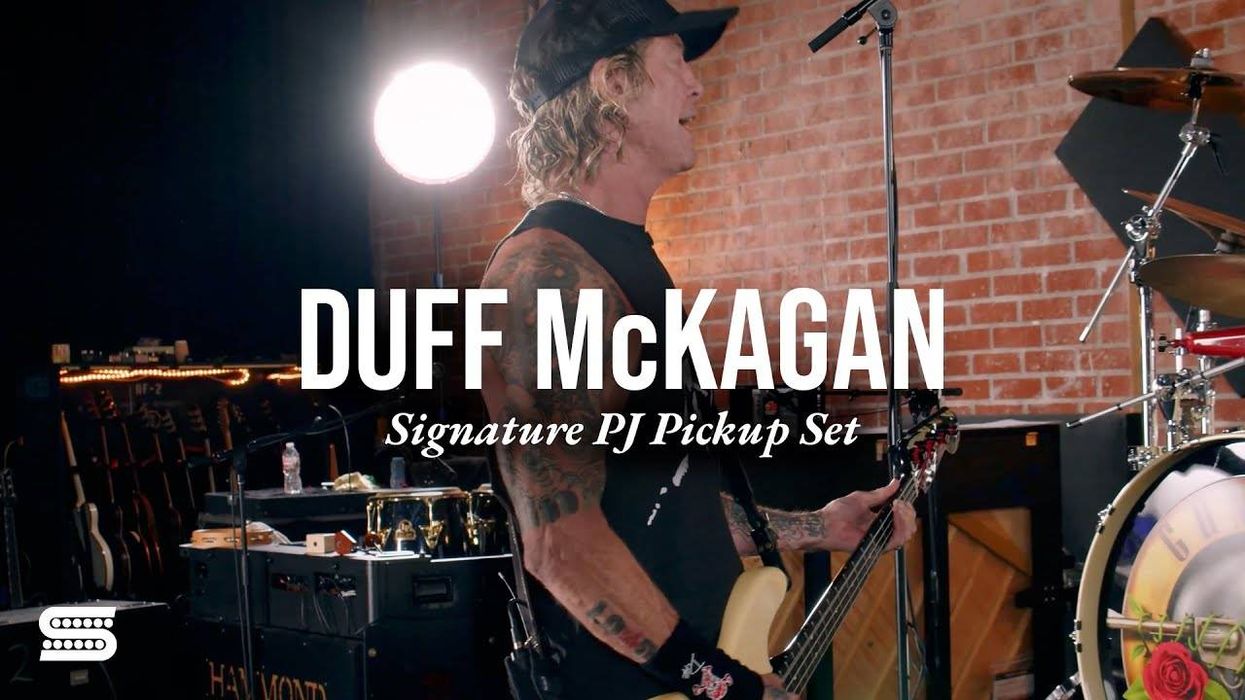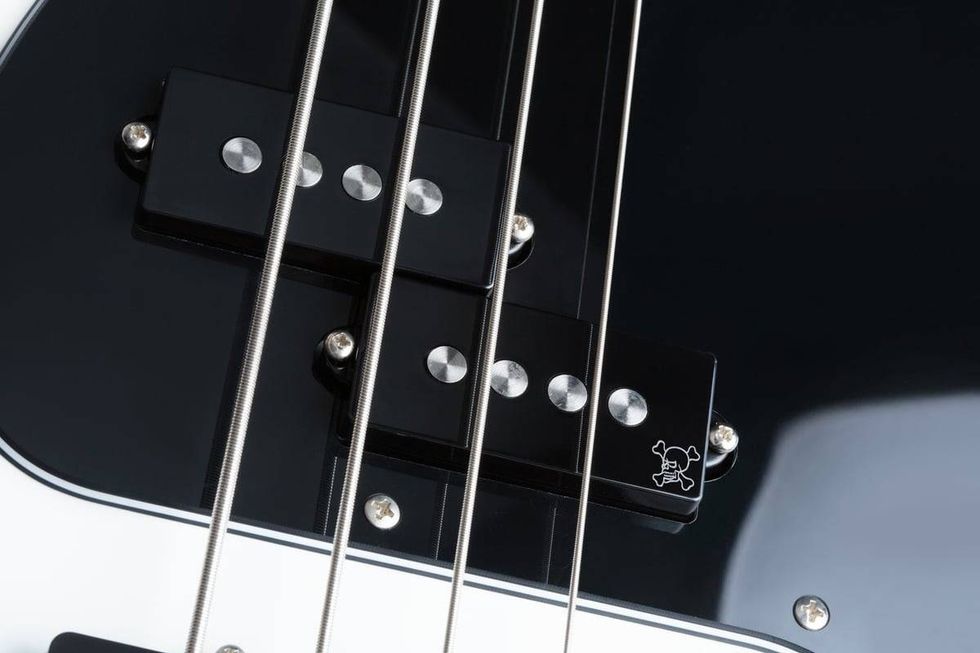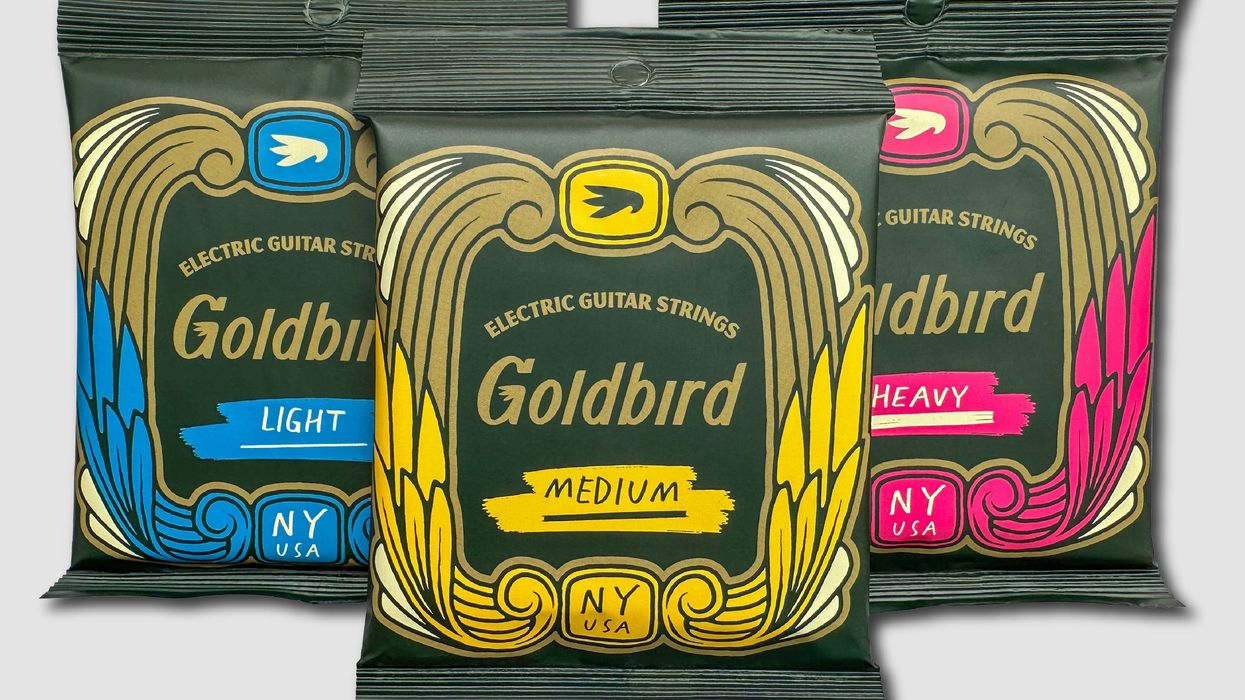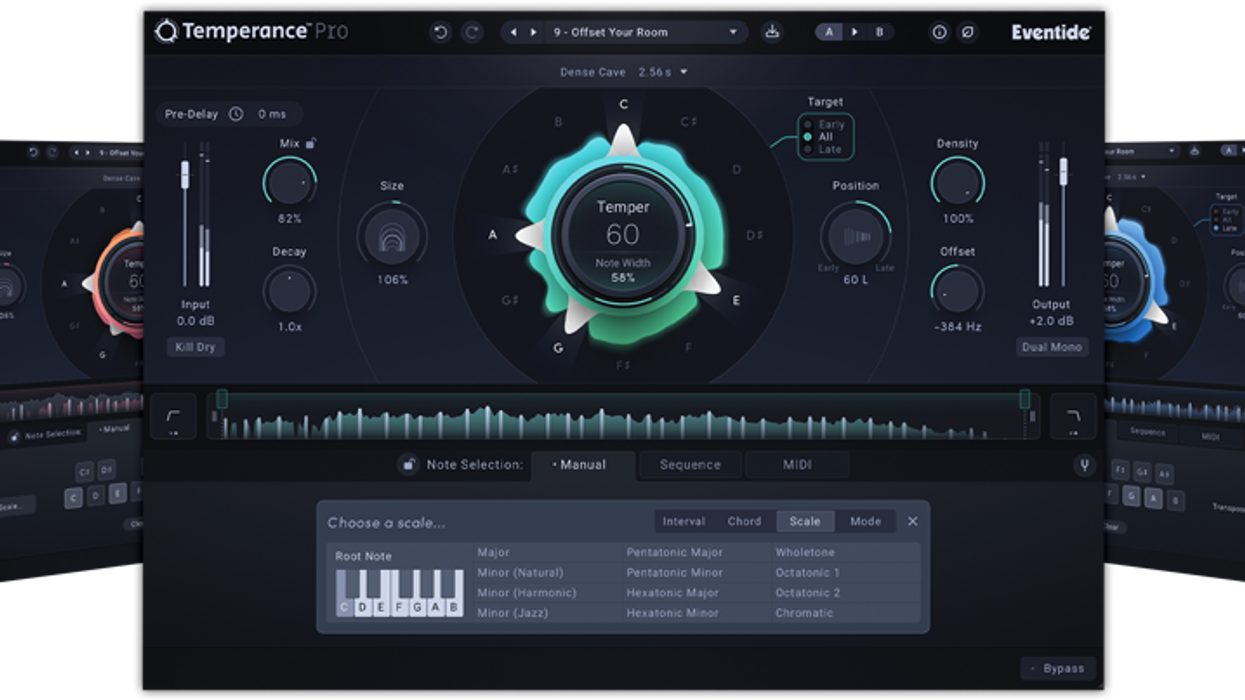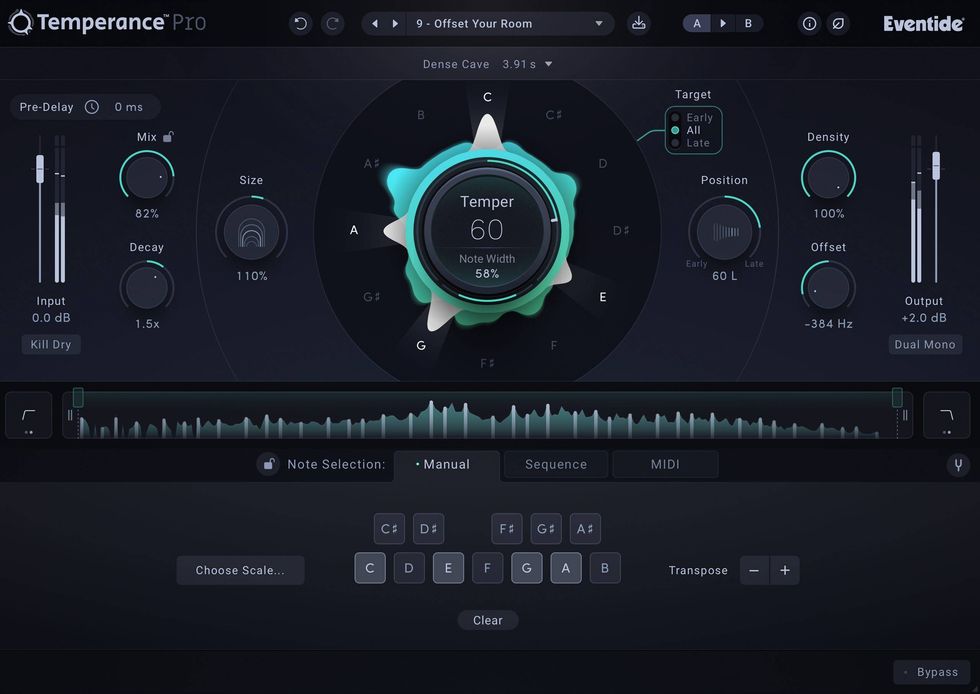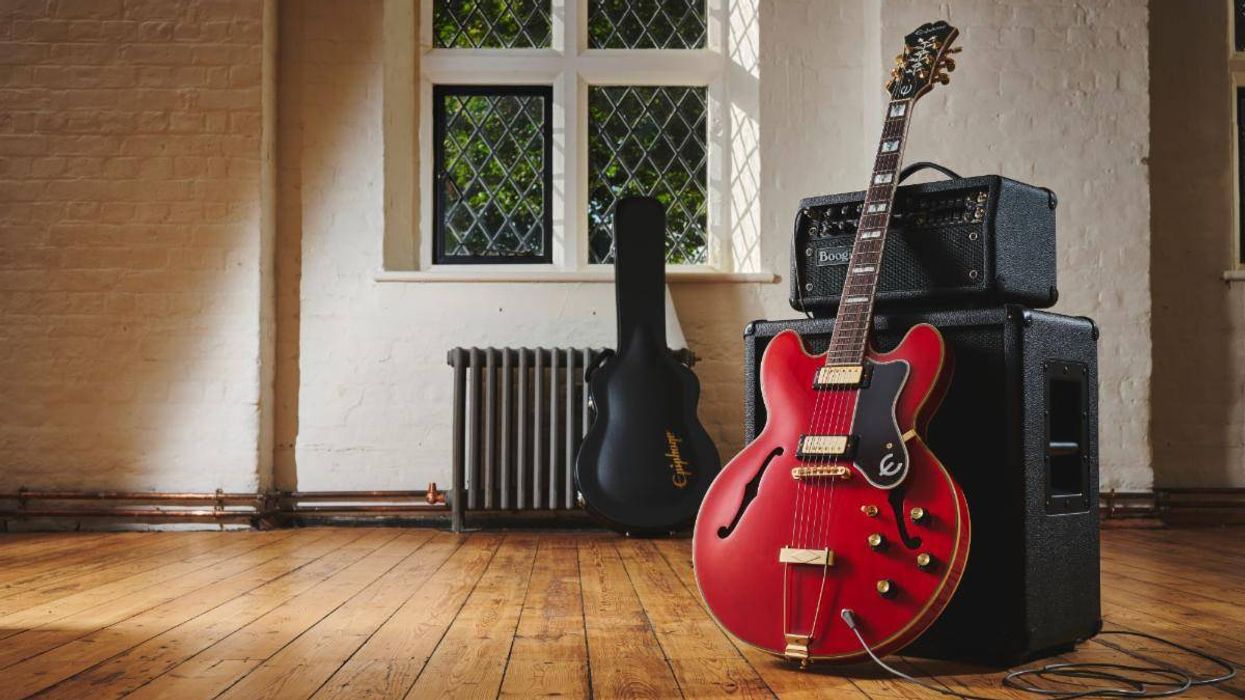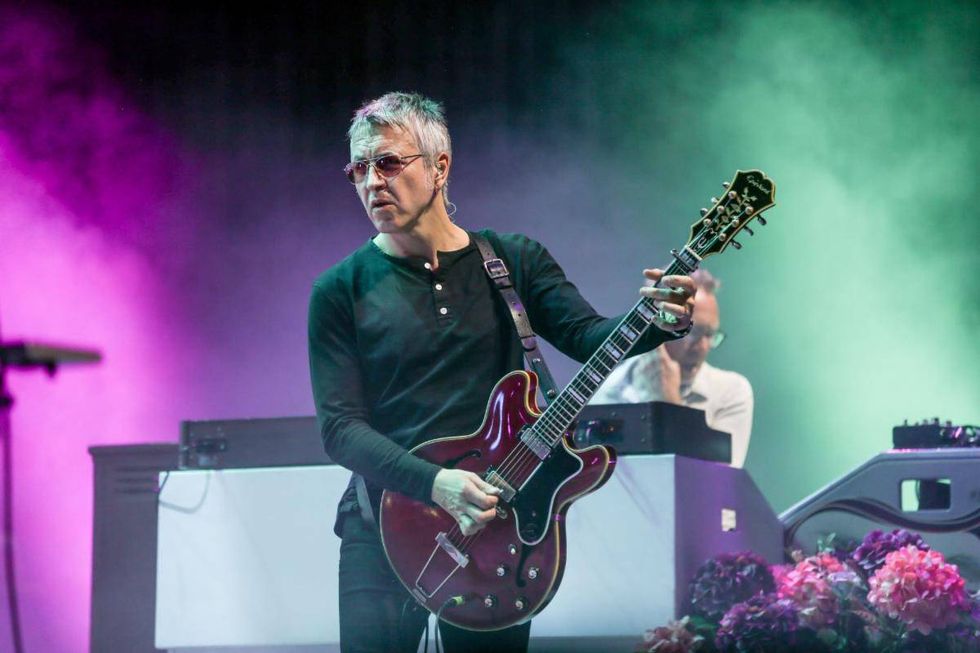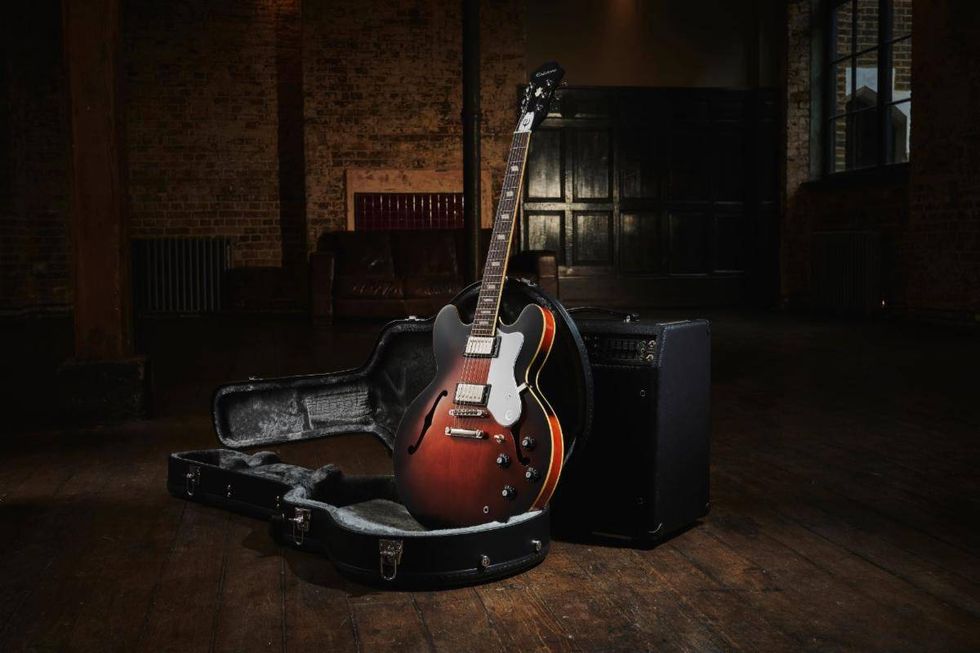Martin Guitar's GPCE Inception Maple offers skeletonized scalloped bracing and sonic channels to enhance resonance and tone, while the combination of European spruce top, maple sides, and a maple and black walnut back are designed to produce a clear and balanced sound.
The skeletonized bracing (pictured below) and sonic channels inside the body work together to increase sustain and amplitude, optimize airflow, and reduce the guitar’s mass without losing structural support.
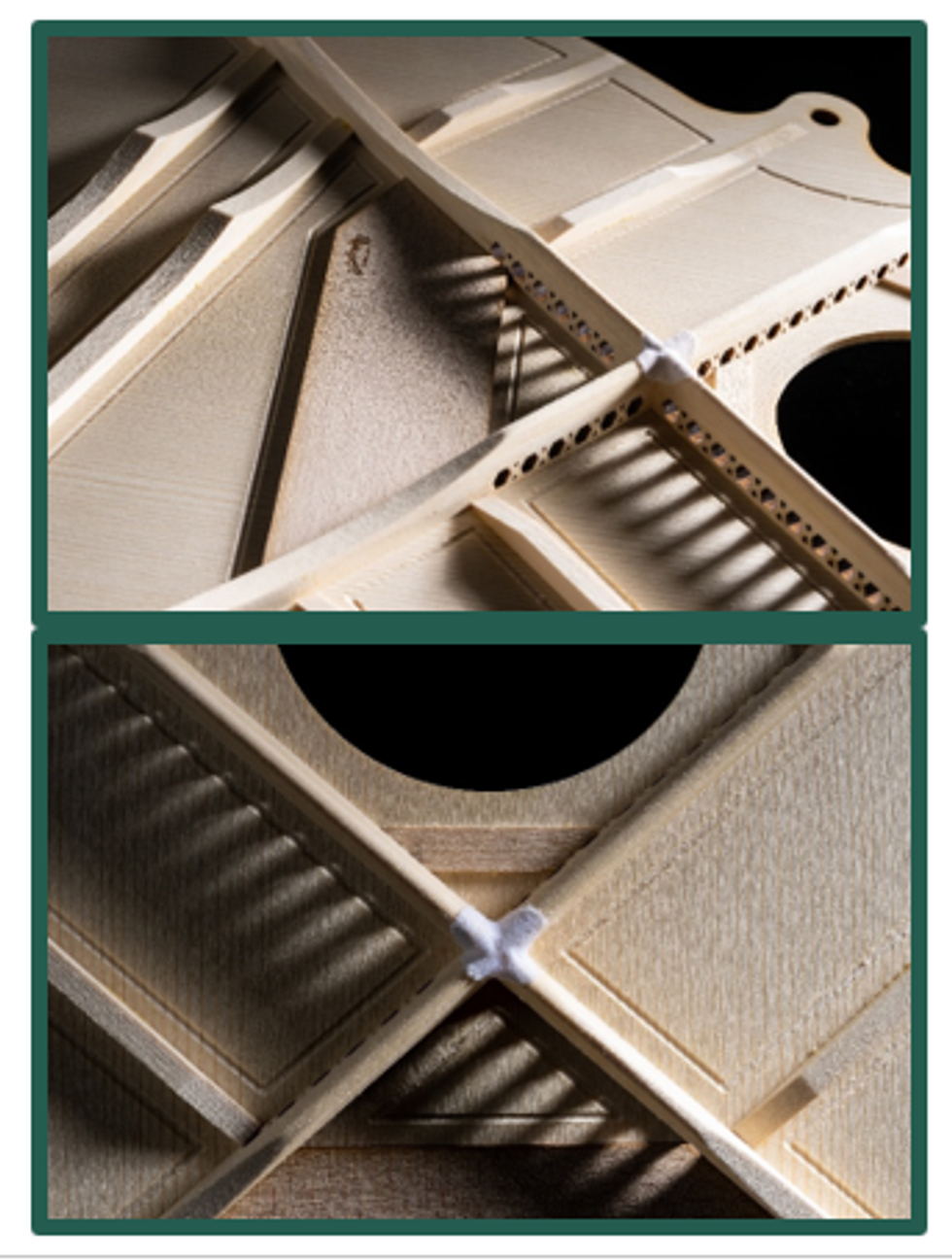
The GPCE Inception Maple is made from a combination of sustainable tonewoods, including an FSC-certified European spruce top, maple sides, and an eye-catching three-piece back of maple and black walnut. These woods provide a clear, projective, and balanced tone, improving upon what has, up until now, been the standard sound of maple.
The guitar also features a new satin amber fade sunburst finish, black walnut binding, maple arrow fingerboard inlays, gold open gear tuners, a cutaway to help players reach the highest frets, a 25.4” scale length, LR Baggs Anthem electronics, and a molded hardshell case.
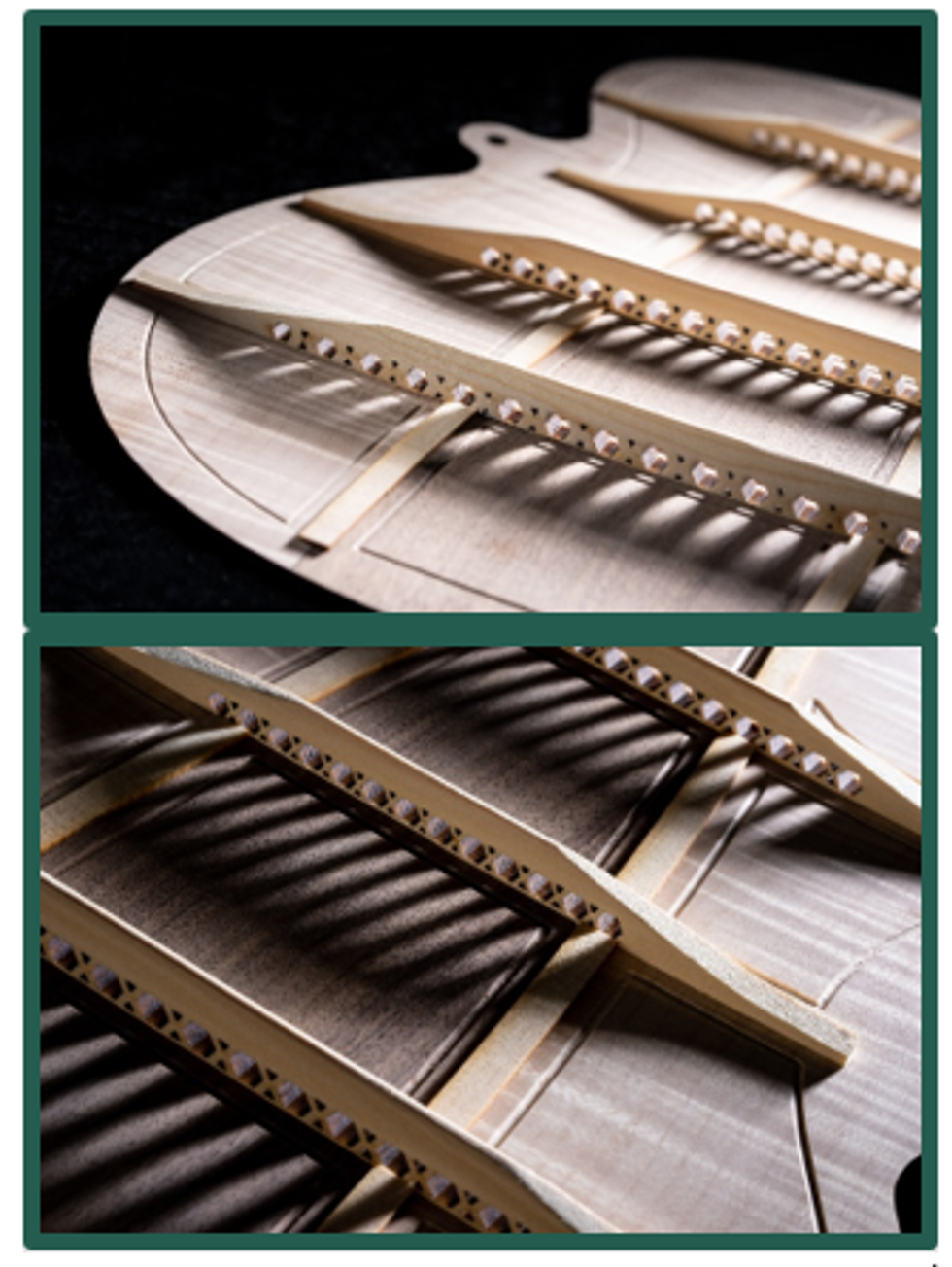
"The new Martin GPCE Inception Maple marks a new innovative approach to building acoustic guitars utilizing sustainable domestic woods,” says Fred Greene, Vice President of Product Management at Martin. “Our new innovative design will allow guitar players to experience the Martin tone they have always loved in a guitar made from woods sourced in North America. I am super proud of our design team for taking on this challenge and providing a creative and unique solution that guitar players will find both fun and inspiring to play."
Visit the Martin Guitar booth at The 2024 NAMM Show to experience this incredible instrument firsthand and stay tuned to martinguitar.com for the latest updates.
For more information, please visit martinguitar.com.
